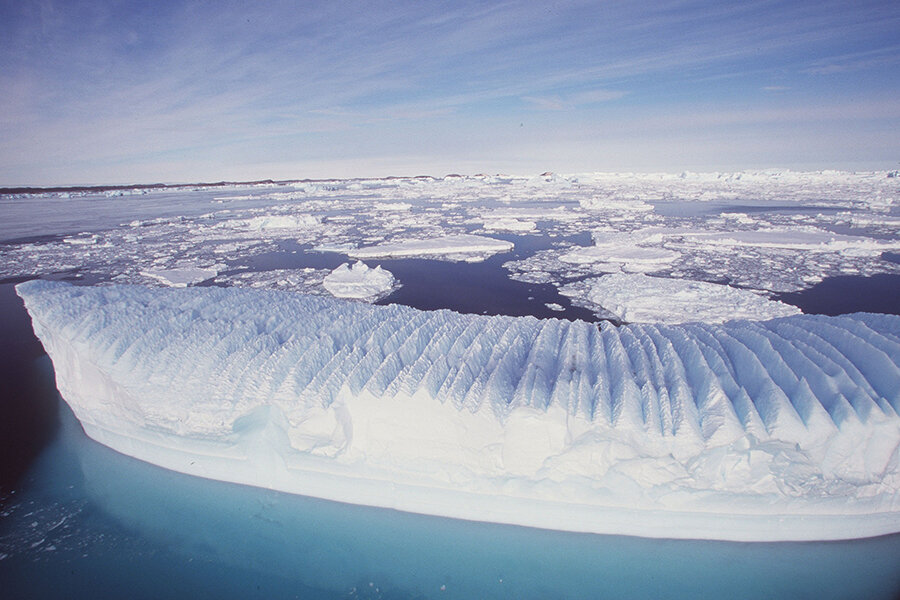Study says Southern Ocean uptake of atmospheric CO2 recovers
The Southern Ocean, which absorbs huge amounts of carbon dioxide from the atmosphere, has regained its ability to do so, after a period when the ocean’s uptake had stalled, scientists say.
In the first decade of the 21st century, scientists announced that the ability of the Southern Ocean to absorb greenhouse gases that human activities emit into the atmosphere was weakening and feared dire consequences for future climate change.
But new research, published in Science Magazine, reveals that rather than stalling, the amount of carbon dioxide being absorbed by the Southern Ocean is on the rise again.
The Southern Ocean, which surrounds Antarctica, is responsible for soaking up about 40 percent of man-made emissions, such as the burning of fuels including coal, gas, and oil, thus slowing down the growth of this greenhouse gas in the atmosphere. It basically helps to lessen the speed of climate change.
“A strong carbon sink in the Southern Ocean helps to mitigate climate change for the moment, as otherwise even more CO2 would have stayed in the atmosphere, but we cannot conclude that this will continue forever. One has to recognize that despite this remarkable increase in the Southern Ocean carbon sink, emissions have gone up even more,” Prof. Nicolas Gruber, lead author and environmental physicist, told the Guardian.
The researchers attributed the new trend to changes in winds and temperatures in the Pacific and Atlantic oceans.
During the study, the researchers analyzed measurements of CO2 in surface waters over a 30-year period from 1982. They also made use of satellite observations of sea water temperature, salinity and chlorophyll content.
They found out that the Southern Ocean carbon uptake began to revive around 2002 and by 2012, its carbon uptake was once again comparable to the level expected on the basis of atmospheric carbon dioxide increase alone.
Contributing author Dorothea Bakker, from the University of East Anglia, said in a news release:
“Since the turn of the millennium, the dominant atmospheric pressure systems have changed causing wind patterns to change too. In the 1990s, winds were stronger over the Southern Ocean, causing more water to be upwelled to the surface of the sea from the depth. But deeper waters contain higher concentrations of dissolved CO2 so this upwelling led to more greenhouse gases being released into the atmosphere and a reduction in the ocean’s net carbon uptake.
“Since the turn of the millennium, upwelling has generally subsided, except in the Pacific sector, causing a reinvigoration of the Southern Ocean carbon sink.”
The researchers are, however, unsure how long higher absorption of carbon dioxide will last and whether it’s likely to evolve in the future. “Our statistical model is not able to predict the future development,” said Peter Landschützer of ETH Zurich, a co-author of the study.






